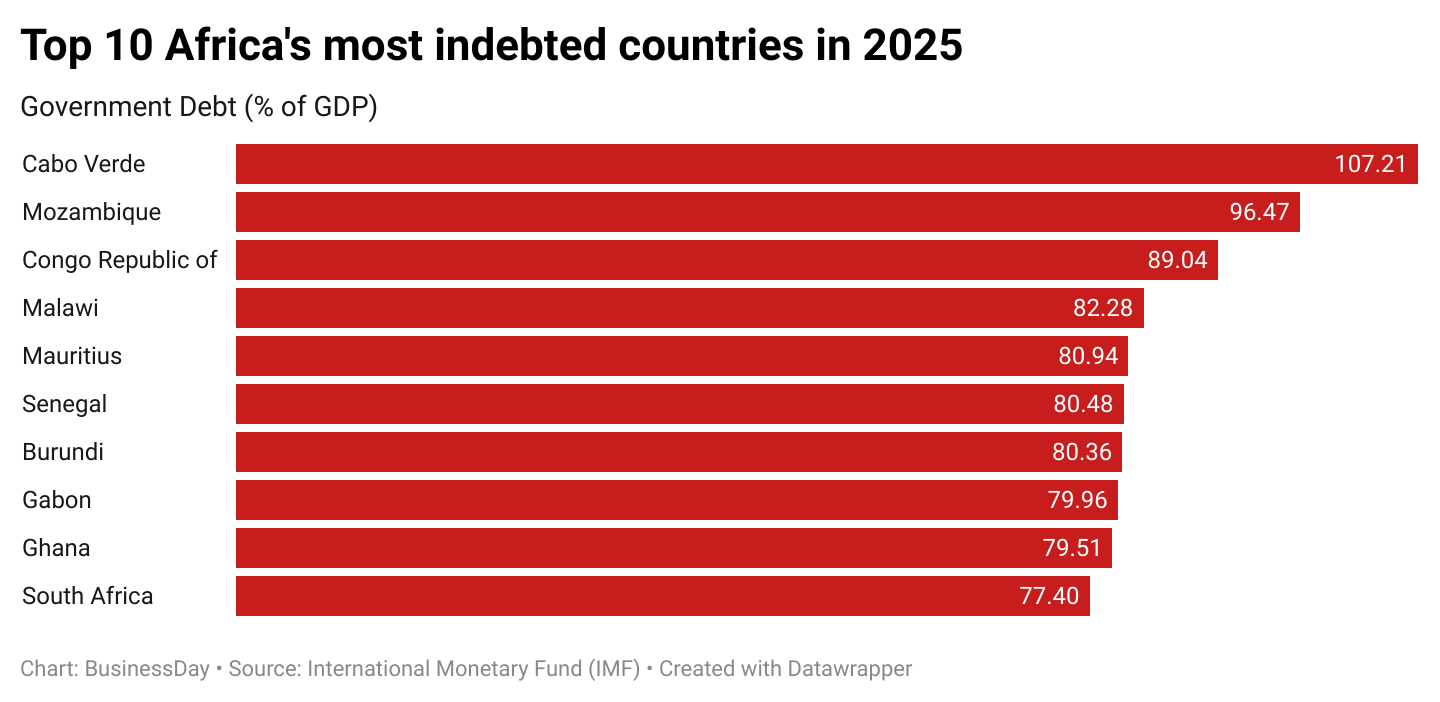The rupee closed at an all-time low on Monday, impacted by a host of factors, including rise in US Treasury yields, a weak Chinese yuan, India’s merchandise trade deficit widening to a record high and a decline in domestic equity markets.
The rupee closed at 84.8625 per US dollar, down about 8 paise against the previous close of 84.7875.
Forex dealers say as long as US treasury yields rise and the yuan weakens, the rupee will be under the pressure.
India’s merchandise trade deficit touched an all-time high of $37.8 billion in November, up from $27.1 billion in October. A wider trade deficit has a weakening effect on the currency.
Amit Pabari, MD, CR Forex Advisors, observed that all eyes are on the Federal Reserve, with the CME FedWatch Tool indicating a 94 per cent probability of a 25-basis point rate cut, bringing the total rate cuts for the year to a full 1 per cent.
However, the real spotlight will be on Fed Chair Powell’s post-meeting remarks. As Donald Trump prepares to take office at the White House next month, the potential impact of his tariff policies and broader economic agenda will undoubtedly influence market sentiment and weigh heavily on the dollar index.
“If Powell adopts a dovish tone and signals a continuation of swift rate cuts in 2025 —likely given the substantial national debt the U.S. carries, it could pressure the dollar index. In the medium term, the dollar index is projected to move towards the 103 level while encountering strong resistance near 108. This shift would, in turn, provide much-needed support to emerging market currencies,” Pabari said.
Trade deficit
Aditi Nayar, Chief Economist, ICRA, said that the India’s merchandise trade deficit widened amidst a surge in gold imports to an unprecedented $14.9 billion in the month, as well as a relatively milder uptick in other imports.
“Such high levels of gold imports were likely driven by festive and marriage-related demand and are unlikely to sustain in the ensuing months, which would help to cool the upcoming merchandise trade deficit prints.
“Nevertheless, the adverse trade deficit print for November will result in a sharper-than-expected widening in India’s current account deficit (CAD) in Q3 FY2025, to 2.8 per cent of GDP as against earlier expectations of ~2.0 per cent, which will be the highest level in over two years,” Nayar said.
ICRA also revised its FY2025 forecast for the CAD to ~1.4 per cent of GDP from ~1.0 per cent earlier.









Leave a Comment